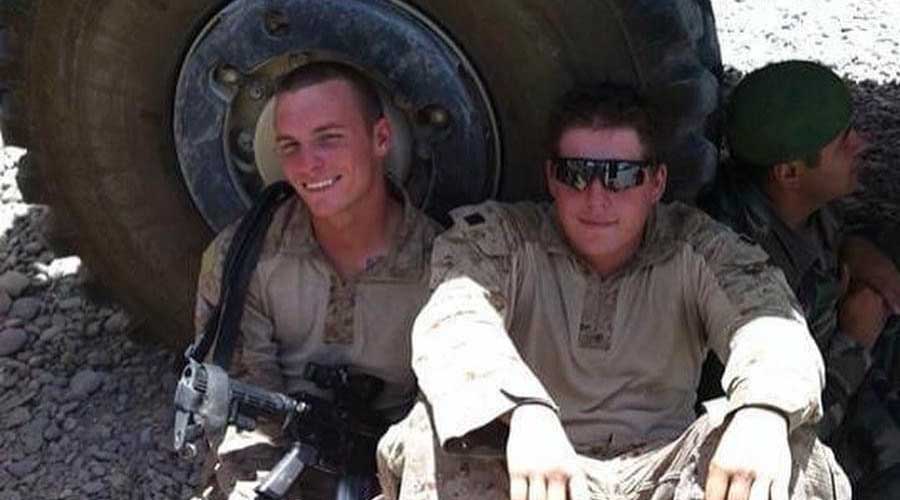Greenhouse Gases Reduced Through Voluntary Projects
Greenhouse gas emissions reductions from voluntary projects were 6.1 percent higher in 2005 than in 2004, according to a report released by the Energy Information Administration (EIA).
Greenhouse gas emissions reductions from voluntary projects were 6.1 percent higher in 2005 than in 2004, according to a
report released by the Energy Information Administration (EIA).
A total of 221 U.S. companies and other entities reported to the Voluntary Reporting of Greenhouse Gases Program that they had undertaken 2,379 projects to reduce or sequester greenhouse gases in 2005, says EIA.
Project-level emission reductions included 294 million metric tons of carbon dioxide equivalent (MMTCO2e) in direct emission reductions, 67 MMTCO2e in indirect emission reductions, and 8 MMTCO2e of reductions from carbon sequestration, according to the report. Direct reductions are emission reductions from sources owned or leased by the reporting entity, while indirect reductions are emission reductions from sources not owned or leased by the reporting entity but that occur as a result of the entity's activities, says EIA. In addition, 13 MMTCO2e of reductions were reported under the EIA 1605EZ form, which does not ask whether reported reductions are direct reductions or indirect reductions.
Reports were received from participants in 24 different industries or services. The electric power sector, with 97 companies reporting, continues to provide the largest number of participants to the program (44 percent), says EIA. The number of participants from outside the electric power sector (124 reporters) was nine times the number that reported for 1994, the first year of the program. These companies include firms engaged in automobile manufacturing, petroleum production and refining, coal mining, food processing, textile manufacturing, primary metals production, electronic and electrical equipment manufacturing, and the chemical industry. Alternative energy providers, agriculture and forestry organizations, and organizations in other sectors (government, commercial, and residential) also reported, says EIA.
The Voluntary Reporting of Greenhouse Gases Program, a provision of the Energy Policy Act of 1992, is intended to encourage and recognize innovative, low-cost, and nonregulatory approaches to limit emissions of greenhouse gases.
An electronic version of the report Voluntary Reporting of Greenhouse Gases 2005 Summary, can be downloaded from EIA's website at: http://www.eia.doe.gov/oiaf/1605/vrrpt/summary/index.html.
Related Topics:











